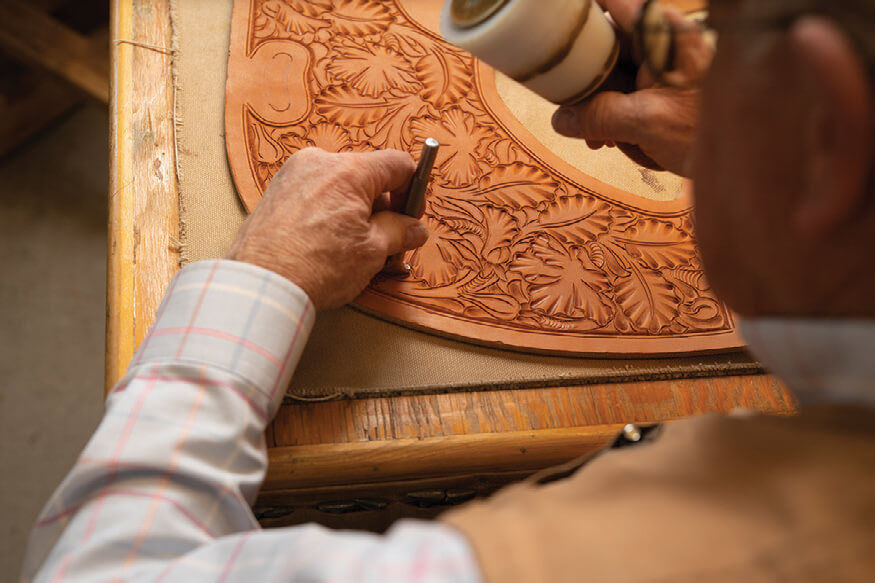Mongolia's Leather: Tradition, Craftsmanship, and Modern Revival
- exportmongolia20212
- Aug 18
- 2 min read
Rooted in centuries of nomadic life, Mongolia’s leather tradition reflects resilience, artistry, and deep cultural pride. Today, this ancient craft is experiencing a bold revival—blending heritage with modern design.

Mongolia’s leather heritage is deeply rooted in its nomadic culture, where practicality, durability, and artistry converge. For centuries, leather has been an essential material in Mongolian daily life, used for clothing, footwear, saddles, bags, and even traditional dwellings.
Source of Leather
Mongolia’s vast steppes are home to millions of livestock, including:
Cattle: Primary source of thick, durable leather.
Goats and Sheep: Provide softer hides used for garments and accessories.
Horses and Camels: Their hides are prized for strength, often used in saddlery and heavy-duty gear.
The abundance of livestock makes leather a natural byproduct of Mongolia’s pastoral economy.
Traditional Leather Craft
Mongolian leatherwork is known for its:
Hand-stitching and carving: Artisans often decorate leather with intricate patterns inspired by nature and nomadic symbols.
Natural tanning methods: Historically, hides were treated using organic materials like tree bark and animal fats, preserving the leather’s integrity and scent.
Functional design: Items like gutal (traditional boots) are crafted to withstand extreme climates and rugged terrain.
Cultural Significance
Leather is more than just material—it’s woven into Mongolian identity:
Horse culture: Saddles, bridles, and stirrups are meticulously made from leather, reflecting the deep bond between Mongolians and their horses.
Festivals and attire: Leather garments and accessories are worn during events like Naadam, showcasing pride in heritage and craftsmanship.
Modern Industry and Challenges
In recent years, Mongolia’s leather industry has faced both opportunities and hurdles:
Export potential: Mongolian leather is gaining attention for its quality, especially in markets seeking ethically sourced materials.
Sustainability: Efforts are underway to modernize tanning processes and reduce environmental impact.
Skilled labor shortage: As younger generations move toward urban jobs, traditional leather skills risk fading without proper preservation.
Future Outlook
With growing global interest in sustainable fashion and artisanal goods, Mongolia’s leather sector has the potential to thrive. By blending ancient techniques with modern innovation, Mongolian leather can become a symbol of resilience, artistry, and eco-conscious craftsmanship.

Comments